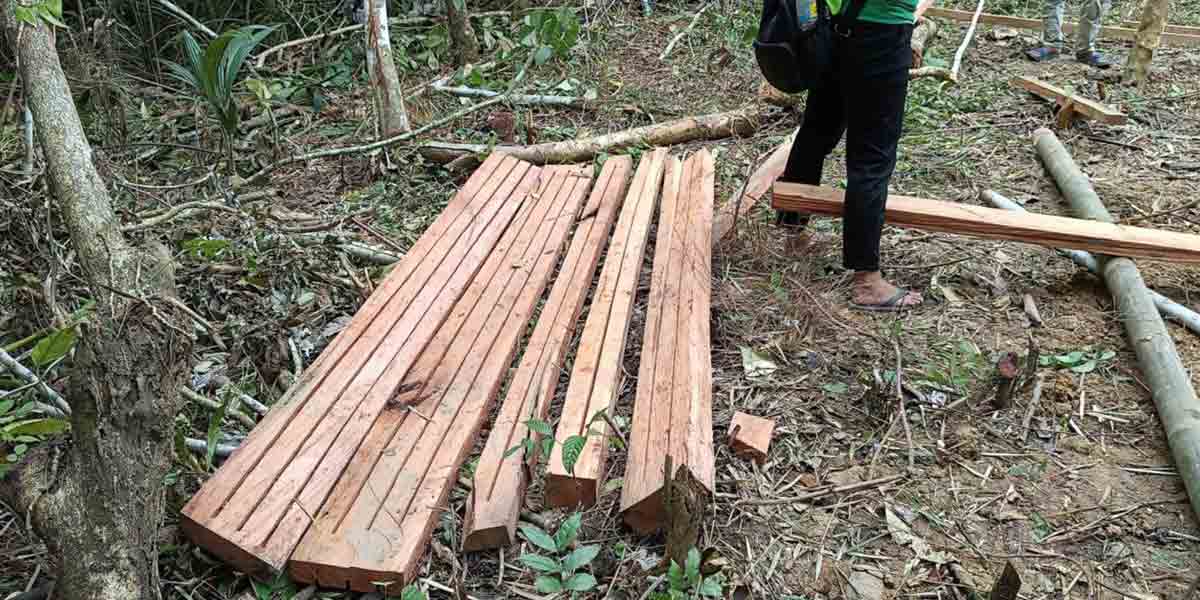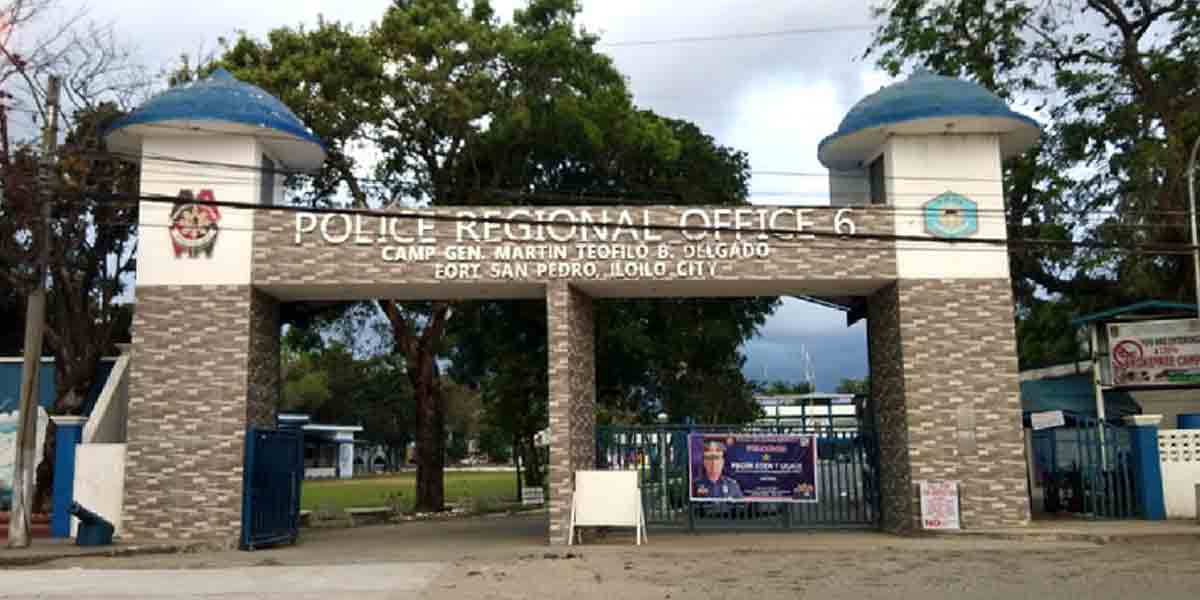Western Visayas, a key rice-producing region in the Philippines, faces a crisis as palay production plummeted by 53% in the third quarter of 2024 compared to the same period in 2023.
Iloilo, traditionally the region’s rice powerhouse, recorded the largest share of the decline, with its harvested areas shrinking by a staggering 69.1%. The drop underscores the severity of challenges faced by the agricultural sector, including erratic weather, inadequate irrigation, and rising input costs.
The alarming trend calls for immediate and strategic interventions to secure food supply and protect farmers’ livelihoods in Western Visayas.
Data from the Philippine Statistics Authority (PSA) revealed that Western Visayas produced only 341,844 metric tons of palay in the third quarter of 2024, a steep drop from 726,642 metric tons in the same period last year. Harvested areas shrank by 54%, reflecting the compounded effects of poor irrigation and unpredictable weather.
Iloilo, which accounted for 54.4% of the region’s output in the first quarter, experienced the sharpest decline. Its share of the harvested area dropped from 94,977 hectares in 2023 to just 29,307 hectares this year, contributing 31.8 percentage points to the region’s overall decline.
Rainfed areas were particularly affected, with yields falling by 64.3% in the third quarter. Even irrigated fields, considered more stable, saw a 41.4% reduction in output. Negros Occidental, which emerged as the region’s top producer in the latter half of the year, also faced production drops, underscoring the regional nature of the crisis.
The production shortfall has already led to rising rice prices in Western Visayas, further burdening consumers. Farmers, meanwhile, struggle with dwindling incomes amid higher costs for fertilizers, fuel, and other inputs.
Western Visayas’ reliance on local rice production heightens the impact of these declines. Without urgent interventions, the region could become increasingly dependent on imported rice, exposing it to global price fluctuations and supply uncertainties.
To reverse the downward trend, a combination of short-term and long-term strategies must be adopted. These measures should address the root causes of the crisis while building resilience against future challenges.
- Accelerate Completion of the Jalaur River Dam
The Jalaur River Multi-Purpose Project (JRMP) in Calinog, Iloilo, holds immense potential to stabilize palay production. Designed to irrigate over 31,000 hectares and benefit more than 25,000 farmers, the dam can provide a reliable water source, mitigating the effects of unpredictable rainfall. The government must fast-track the remaining works to ensure the project is completed as soon as possible. This flagship project can serve as a model for sustainable water management in the country.
2. Enhanced Irrigation Systems
Beyond the Jalaur project, the repair and expansion of smaller irrigation systems across Western Visayas must be prioritized. Investments in modern irrigation technologies can reduce reliance on rainfed systems, increasing yields even in adverse conditions.
3. Subsidies and Financial Assistance
Immediate financial support for farmers who suffered losses in 2024 is critical. Subsidies for fertilizers, seeds, and fuel can help ease production costs, allowing farmers to recover and prepare for the next planting season.
4. Climate-Resilient Farming Practices
Training farmers in sustainable practices, such as water-efficient irrigation, crop diversification, and the use of drought-resistant rice varieties, can help them adapt to changing climate conditions.
5. Pest and Disease Management
Implementing a region-wide pest control program can prevent further losses. Collaboration with agricultural experts can ensure timely interventions, especially during critical growing periods.
6. Strategic Grain Reserves
Establishing grain reserves at both provincial and regional levels will help stabilize supply and prices during production shortfalls. This approach can reduce reliance on imports and ensure food security for local communities.
7. Address Bulk Buying Practices
Iloilo, which often supplies rice to typhoon-hit areas and other provinces, must strike a balance between meeting external commitments and ensuring local sufficiency. Regulation of bulk buying during planting seasons can help secure adequate stocks for the region.
The Jalaur River Dam is a cornerstone of Iloilo’s agricultural future. Once operational, it will not only enhance irrigation but also improve resilience against climate change. However, delays in its completion risk undermining its potential benefits.
The national and local governments must ensure that sufficient funding and logistical support are in place to expedite the project. Transparent implementation and regular progress updates can maintain public trust in this vital initiative.
Western Visayas’ palay production crisis is a wake-up call for policymakers, stakeholders, and communities. Immediate and decisive actions are needed to stabilize the region’s agriculture and safeguard its role as a cornerstone of the Philippines’ rice supply chain.
Investing in sustainable infrastructure, supporting farmers, and adopting climate-resilient practices will not only address the current crisis but also pave the way for a more secure and prosperous agricultural future in Iloilo and Western Visayas.
























